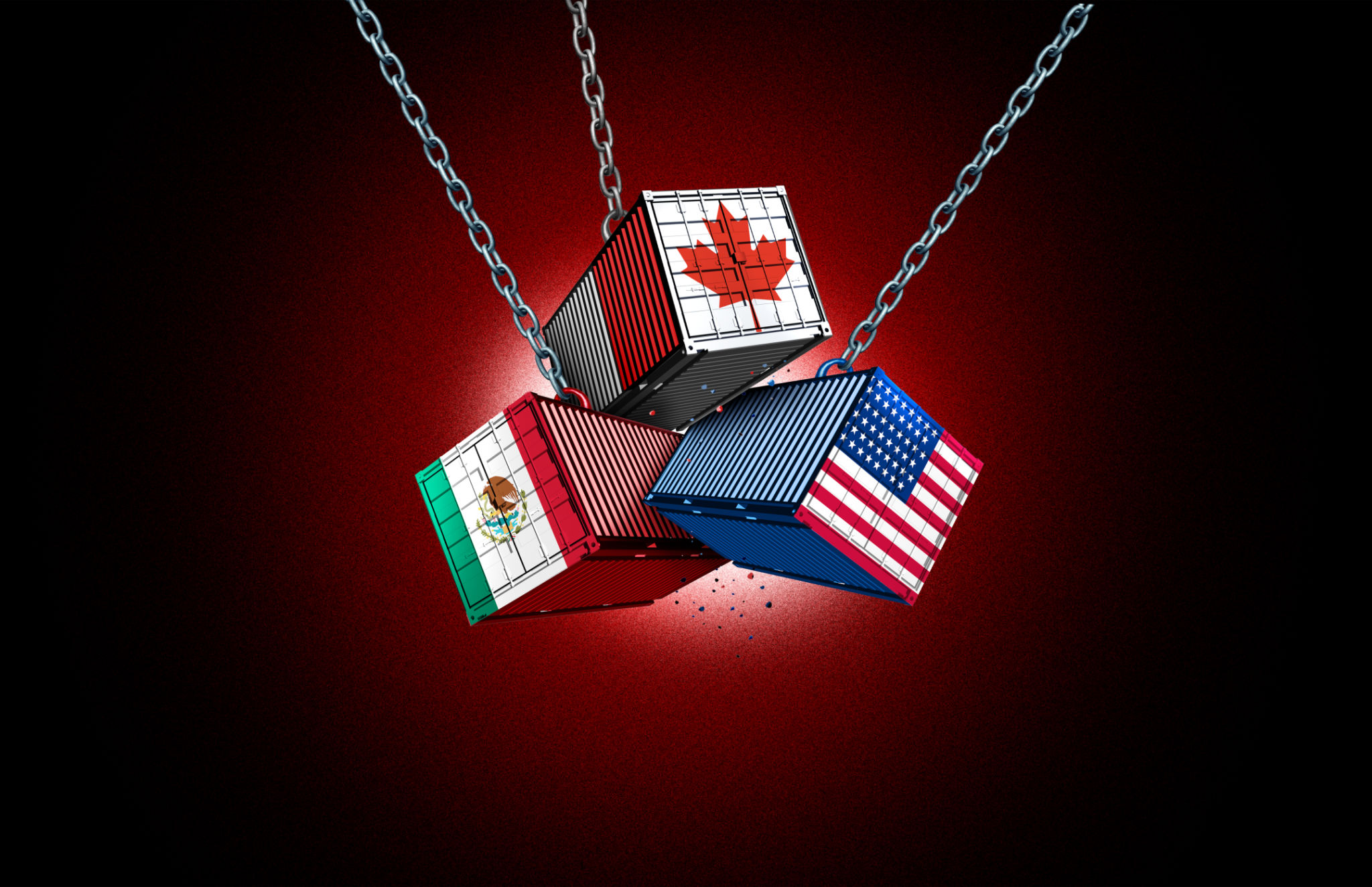How to Navigate the Complexities of Trade Regulations in Canada
Understanding Canadian Trade Regulations
Navigating the complexities of trade regulations in Canada can be a daunting task for businesses looking to expand into this vibrant market. With its diverse economy and strategic location, Canada offers a wealth of opportunities, but understanding its regulatory framework is crucial for success. This guide aims to demystify some of the key aspects of Canadian trade regulations and provide actionable insights for businesses.

The Importance of Compliance
Compliance with trade regulations is not just a legal obligation; it is a critical component of maintaining a good reputation and ensuring smooth operations. Non-compliance can lead to severe penalties, including fines and restrictions on business activities. Therefore, it is essential for businesses to be well-versed in the relevant laws and maintain robust compliance practices.
Canada's trade regulations encompass a wide range of areas, including import and export controls, tariffs, and customs procedures. Businesses need to be aware of the specific requirements that apply to their products and services. For instance, certain goods may require permits or licenses before they can be imported or exported.
Key Regulatory Bodies
The Canadian government has established several agencies to oversee trade activities and ensure compliance with regulations. The Canada Border Services Agency (CBSA) is responsible for customs enforcement and facilitating the movement of goods across borders. Meanwhile, the Canadian Food Inspection Agency (CFIA) regulates the import and export of food products to ensure safety and quality.

Understanding Tariffs and Duties
Tariffs and duties are essential components of Canada's trade regulations. They serve as tools to protect domestic industries and generate revenue for the government. Businesses must understand how these charges apply to their products and how they impact pricing strategies. Navigating these financial aspects requires careful planning and consideration.
- Most-Favored-Nation Tariffs: These are the standard tariffs applied to goods from WTO member countries.
- Preferential Tariffs: Reduced tariffs offered under free trade agreements.
- Additional Duties: Possible charges applied under specific circumstances, such as anti-dumping measures.
Leveraging Trade Agreements
Canada is a party to several international trade agreements, such as the Comprehensive Economic and Trade Agreement (CETA) with the European Union and the United States-Mexico-Canada Agreement (USMCA). These agreements can provide significant benefits, including reduced tariffs and improved market access. Businesses should explore these avenues to enhance their competitiveness in international markets.

Staying Informed and Seeking Assistance
Given the complexities of trade regulations, staying informed about changes is crucial. Businesses can benefit from subscribing to updates from relevant regulatory bodies and engaging with trade associations for the latest insights. Moreover, seeking professional advice from consultants or legal experts can help navigate specific challenges related to compliance.
In conclusion, successfully navigating Canadian trade regulations requires a comprehensive understanding of various elements, from compliance obligations to leveraging international agreements. By taking proactive steps to understand and adapt to these regulations, businesses can tap into the opportunities that Canada's market offers while mitigating potential risks.